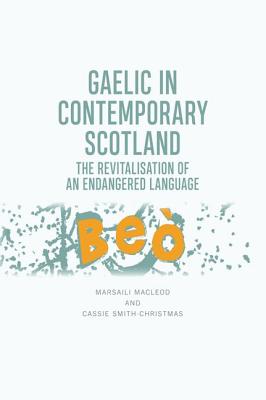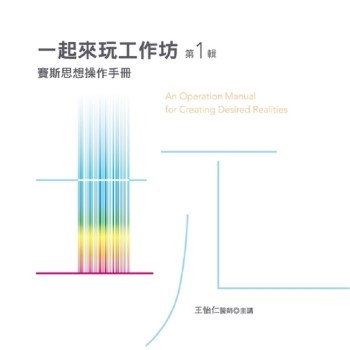The number of young people speaking Gaelic in Scotland is growing for the first time since Census records began but less than half of all Gaelic speakers use Gaelic in the home. This book sets out to explore why.
Focusing on how people, communities and organisations are ’doing’ Gaelic, this book explores the processes and patterns of Gaelic language acquisition, use and management across four key spaces of interaction: the family, the community, educational settings, and in organisations. The contributors adopt an experiential approach to give voice to speakers in a diverse range of communities, both geographically and socially, as the volume illustrates the ways in which the use of Gaelic is changing in the context of increasingly fragmented, networked communities.
Gaelic in Contemporary Scotland provides a range of critical perspectives on existing models for minority language revitalisation and to introduce fresh ideas for language revitalisation theory. Through its analysis of the interconnections between, and differences within, Gaelic communities, this collection challenges old understandings of the Gaelic community as a single collective identity, making it an invaluable resource for students, lecturers and researchers interested in questions of linguistic diversity, linguistic minorities and language policy and planning.
| FindBook |
有 1 項符合
Gaelic in Contemporary Scotland: The Revitalisation of an Endangered Language的圖書 |
 |
Gaelic in Contemporary Scotland: The Revitalisation of an Endangered Language 作者:Macleod 出版社:Edinburgh Univ Pr 出版日期:2018-11-13 語言:英文 規格:精裝 / 15.9 x 23.5 x 1.9 cm / 普通級 |
| 圖書館借閱 |
| 國家圖書館 | 全國圖書書目資訊網 | 國立公共資訊圖書館 | 電子書服務平台 | MetaCat 跨館整合查詢 |
| 臺北市立圖書館 | 新北市立圖書館 | 基隆市公共圖書館 | 桃園市立圖書館 | 新竹縣公共圖書館 |
| 苗栗縣立圖書館 | 臺中市立圖書館 | 彰化縣公共圖書館 | 南投縣文化局 | 雲林縣公共圖書館 |
| 嘉義縣圖書館 | 臺南市立圖書館 | 高雄市立圖書館 | 屏東縣公共圖書館 | 宜蘭縣公共圖書館 |
| 花蓮縣文化局 | 臺東縣文化處 |
|
|
圖書介紹 - 資料來源:博客來 評分:
圖書名稱:Gaelic in Contemporary Scotland: The Revitalisation of an Endangered Language
|











